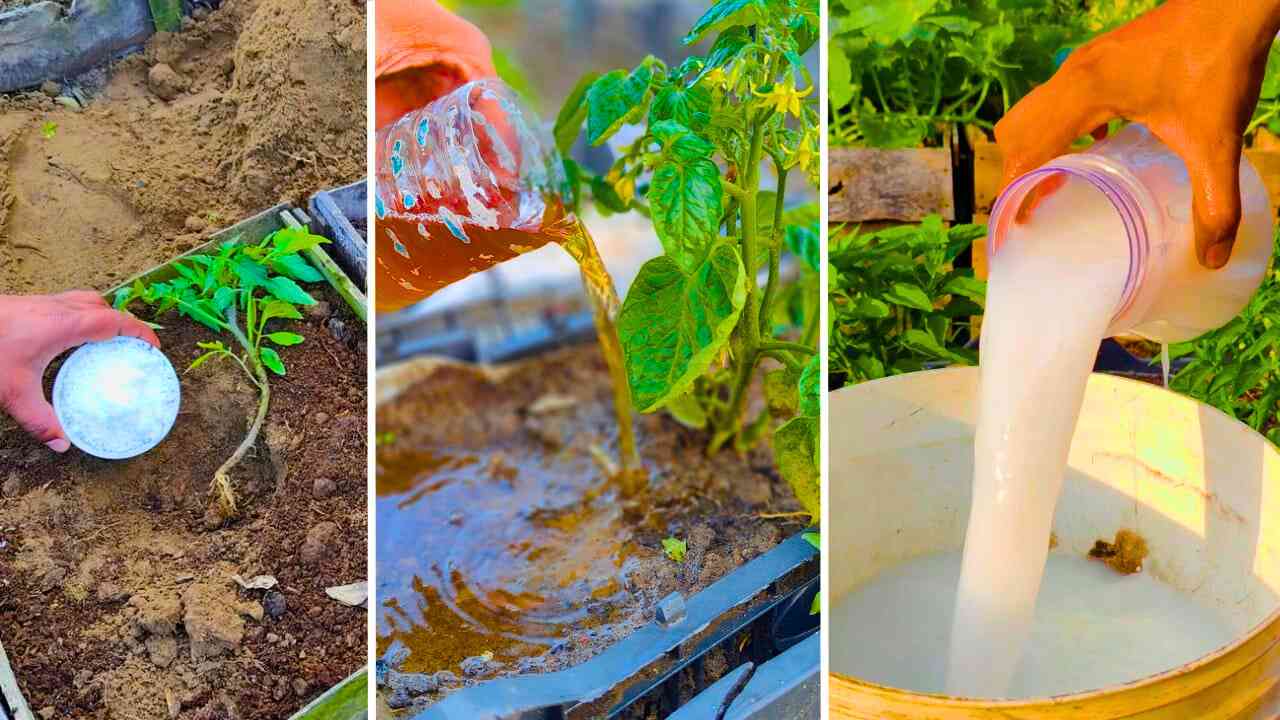There are three important things you can do this season to greatly improve your chances of getting a giant harvest of peppers or chilies. These simple steps will help you grow stronger plants with more branches, which will lead to more fruit whether you’re growing in pots or yard beds.
Here are the steps you need to take to give your pepper trees the best care from the start.
Step 1: Start Strong With a Nutrient-Rich Planting Hole
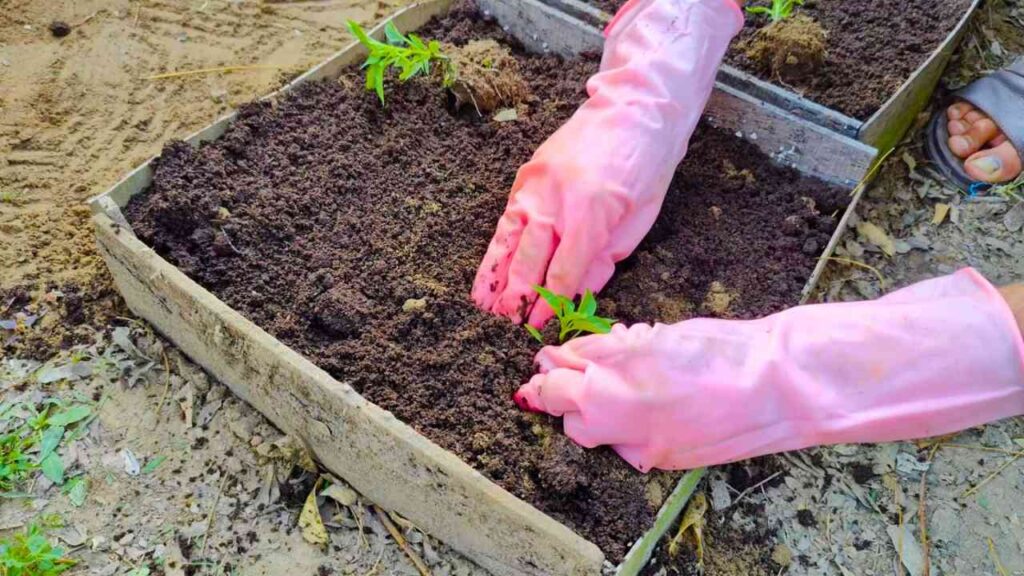
How you put your seedlings is the first thing that will affect everything else. We’re not just going to dig a hole and put your sprout in it; we’re going to make a mini-nutrient pocket that will help your roots grow quickly and keep your plant healthy.
Do these things:
If you want to put in a chili or pepper seedling, make a hole that is at least 6 to 8 inches deep.
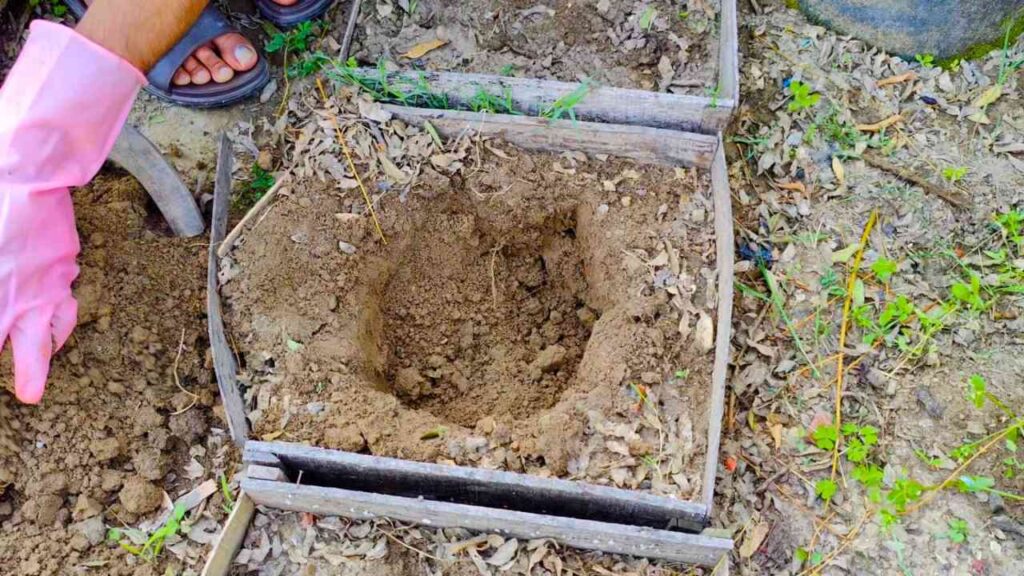
Fill the hole with soil or worm castings. Worm castings add beneficial microbes to the soil that help plants take nutrients better, while compost adds organic matter to the soil.
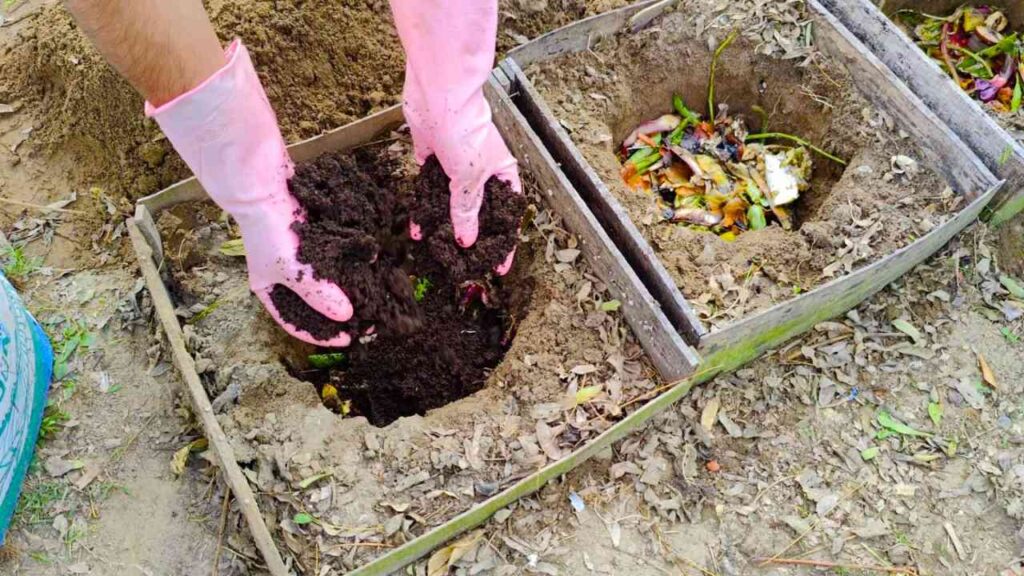
Add some cake powder that tastes like mustard. The cake powder is a natural, slow-release fertilizer that is full of nutrients that plants can use. It also keeps soil-borne diseases and pests away that could hurt the roots of your plant.
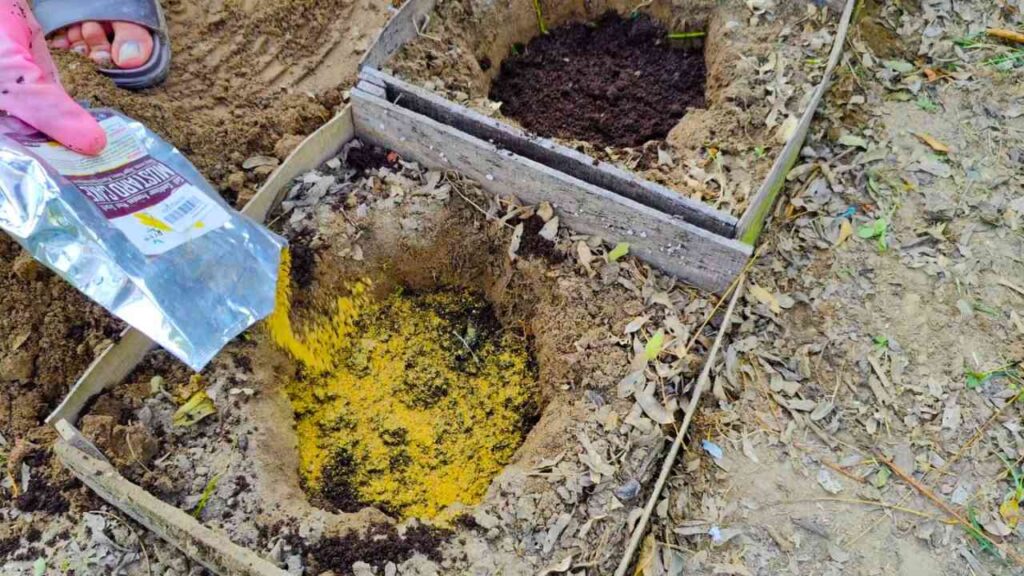
Mixing everything in the hole will improve the distribution of the nutrients.
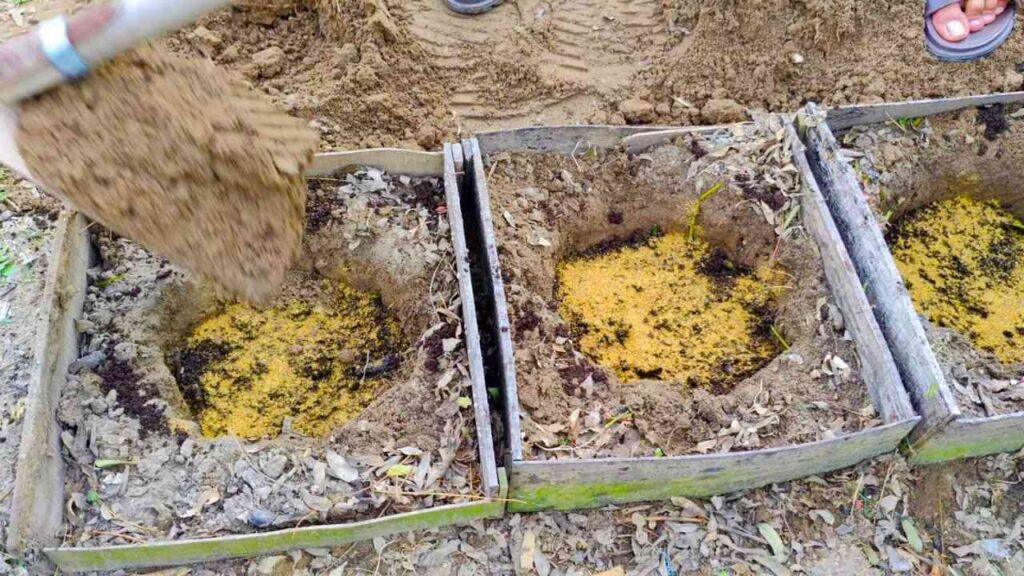
Place the sprout carefully in the hole. Then, fill the area with soil and press down to hold it.
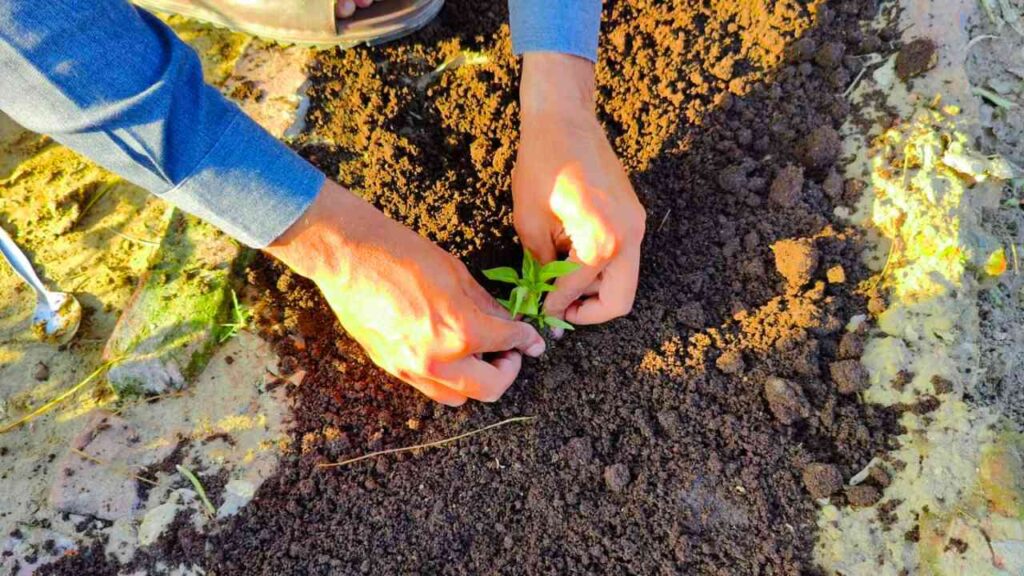
After planting, give the plants a lot of water to help prevent transplant shock and get the nutrients working.
Why this works: giving your plant this extra boost of nutrients right away helps the roots grow quickly, the stems get stronger, and the leaves grow early. As your plant grows, that strong base will pay off.
Step 2: Pinch the Growing Tip to Encourage Branching
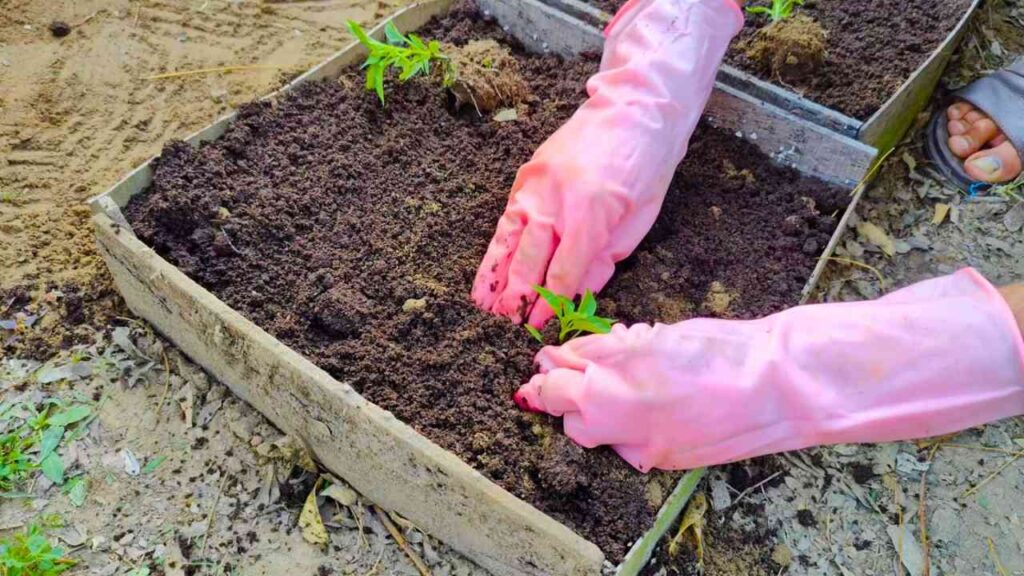
The next step may seem ineffective, but it’s one of the best ways to get your pepper plants to produce more fruit.
The following procedure should be done about 15 days after the transplant:
Find the pepper plant’s growing tip at the very top. This segment is the fresh, center part where new leaves are starting to form.
Pinch it off or cut it off with clean tools or fingers.
Next, your plant will stop growing up and start growing sideways. New shoots will appear at the base of the leaves in just a few days.
More flowers means more stems. For every flower, there is a fruit. That easy.
Bonus benefit:
Pinched plants are also more likely to be bushy and well-balanced, which improves their ability to hold big fruit without falling over.
Step 3: Use yeast liquid fertilizer to help the plant grow quickly and well.
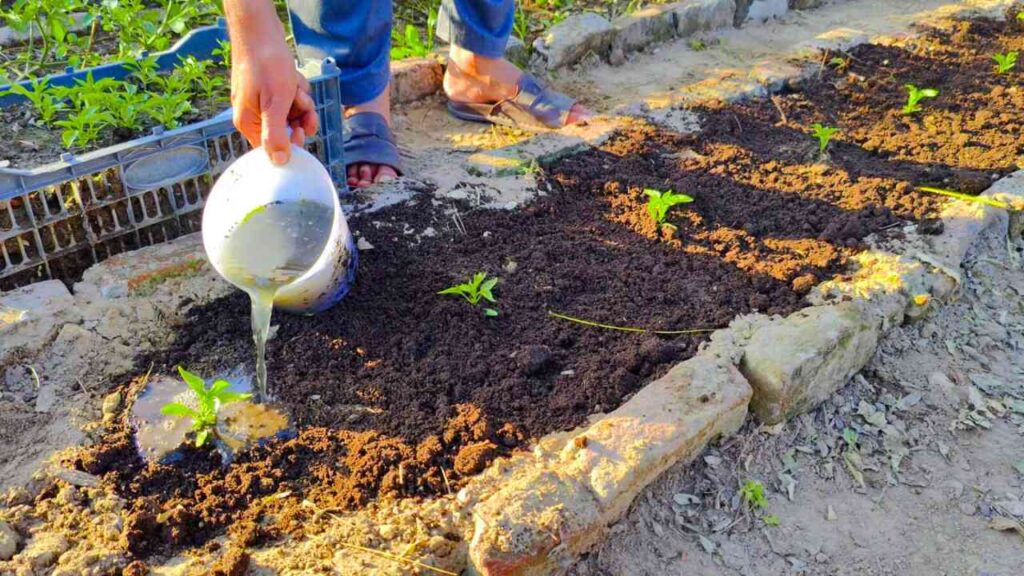
Once your plants have attractive branches, it’s time to give them some extra food, especially nitrogen, which helps leaves and stems grow in a healthy way.
Yeast liquid fertilizer is a wonderful natural choice. It’s simple to make and full of microbes and growth boosts that are beneficial for plants.
How to apply:
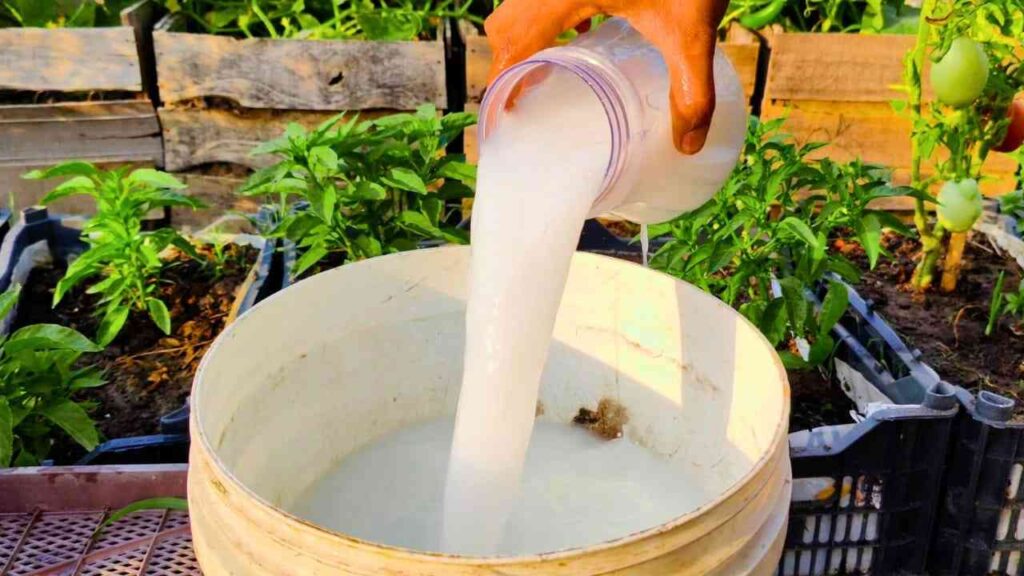
Add water to your yeast fertilizer (if you need the exact recipe, see our guide).
https://diybaagh.com/yeast-fertilizer-a-simple-secret-for-stronger-plants
Do not pour it straight on the leaves; instead, pour it around the plant’s base.
It works best to do it every two weeks.
It works because yeast makes beneficial bacteria in the soil work harder. These microbes help break down nutrients so your plant can use them more easily. Additionally, they provide the plant with a small boost of nitrogen, which helps it grow quickly and fully without overwhelming it.
A quick warning:
Do not go too far. If there is too much nitrogen, plants may grow many leaves but not many flowers. Follow a plan, and when the flowers start to appear, feed them something potassium-rich to balance it out.
Extra Tips to Help You Harvest Well
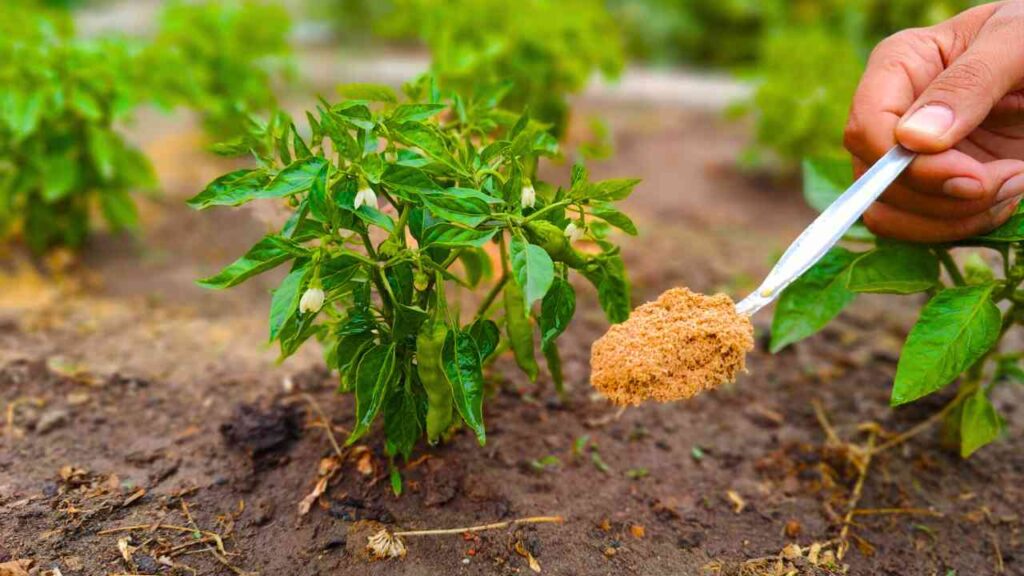
Put mulch around the base of your plants to keep the dirt moist and make it harder for weeds to grow.
Always water your plants, especially when they are blooming or fruiting. Flower end rot or fruit drop can happen if you don’t water your plants regularly.
Check for bugs like aphids and spider mites and get rid of them quickly with neem oil or soap that kills bugs.
If your plants get too full of fruit (which they will!), use small sticks or cages to hold up heavy branches.
The End Results? More Peppers, Less Effort
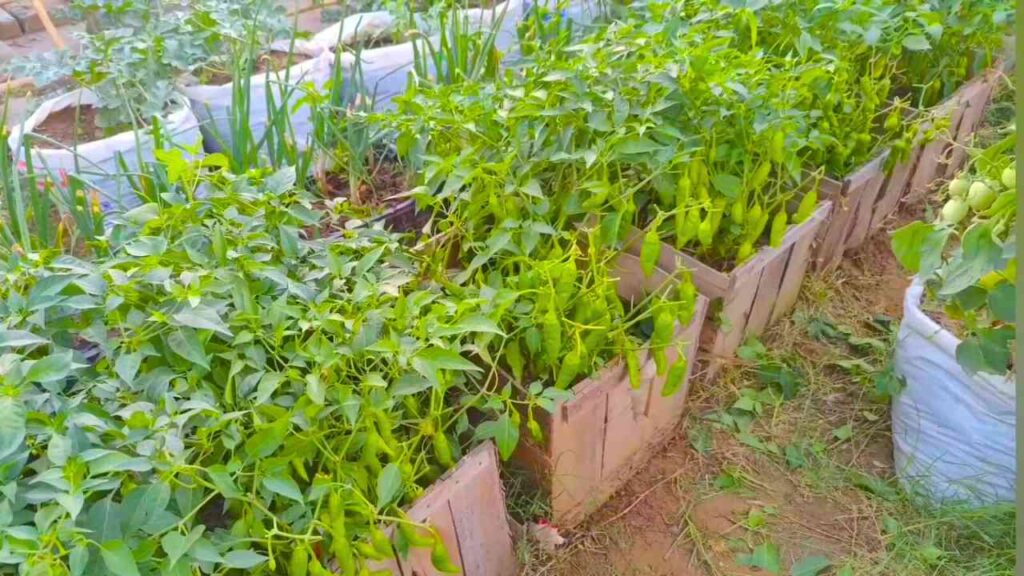
In conclusion, a planting hole rich in nutrients provides plants with the best possible start.
Pinch the top to make it grow more branches and flowers.
Giving your plants yeast juice on a regular basis helps them grow strong and steadily and increases their yield.
These steps are straightforward to follow but work very well. To get more fruit, better health, and faster growth all season, give your pepper or chili plants a little extra care at the start of the season.
Want More Tips on Gardening?
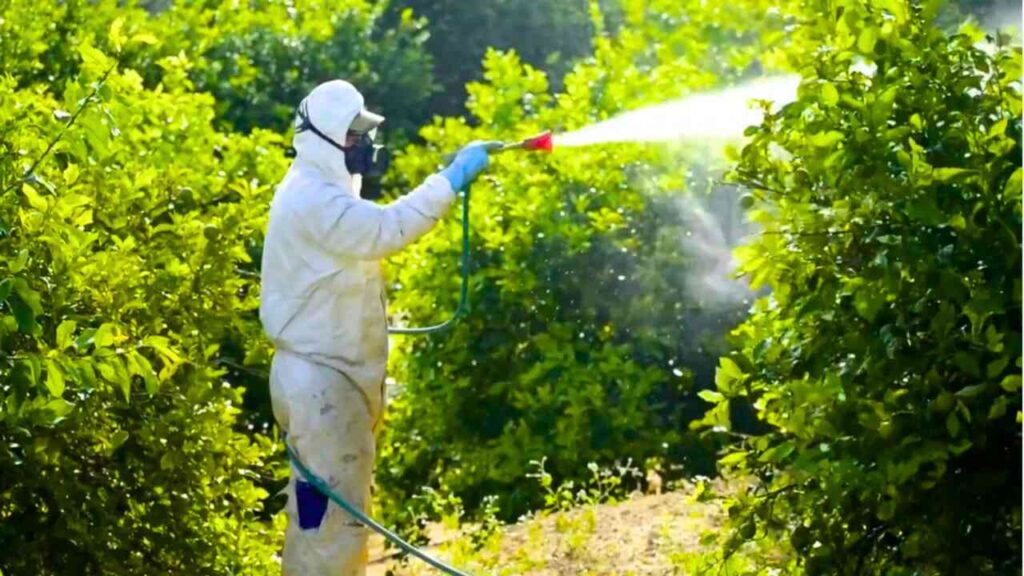
Don’t forget to subscribe to our site for more useful gardening tips, natural fertilizer recipes, and growing methods that really work if you liked these tips. Please like and share this help with other gardeners. Also, let us know how your chili plants are doing in the comments!
Have fun planting, and may your harvest be spicy and plenty! 🌿🌱

